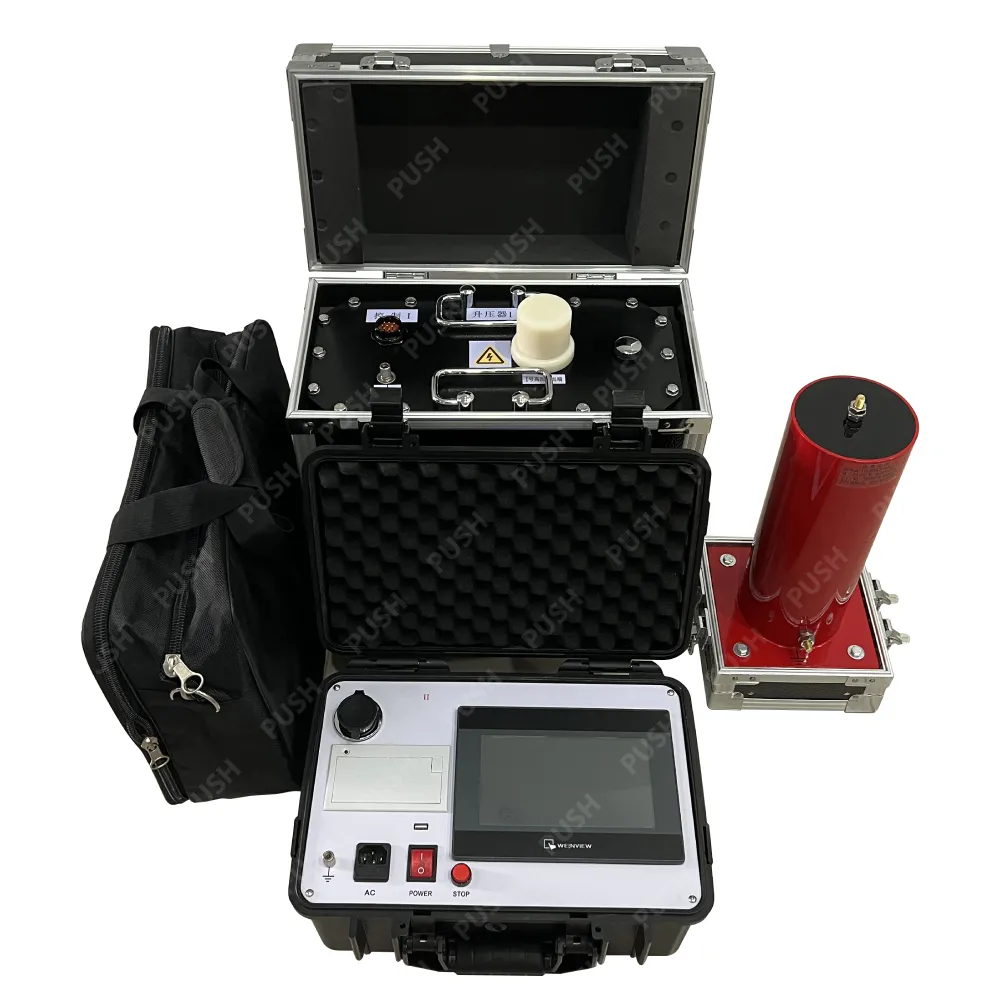 English
English


periodic condition monitoring tests of transformer
Periodic Condition Monitoring Tests of Transformers
Transformers are critical components in electrical power systems, serving to step up or step down voltages for efficient power transmission and distribution. Given their importance, ensuring the reliable operation of transformers is paramount. One effective method of maintaining transformer health is through periodic condition monitoring tests. These tests help identify potential performance issues before they result in failures, thereby enhancing operational reliability and safety.
Condition monitoring involves a series of diagnostic tests and measurements, which can detect insulation deterioration, overheating, moisture ingress, or other adverse conditions that could compromise the transformer's performance. Regular testing allows for predictive maintenance strategies, which can significantly reduce unplanned outages and extend the lifespan of the equipment.
One of the most common tests conducted is insulation resistance testing. This test measures the resistance of the insulating materials within the transformer. A decline in insulation resistance can indicate aging, moisture contamination, or physical damage to insulation, all of which could lead to catastrophic failure if not addressed promptly. Typically, insulation resistance values are recorded over time, and any significant drop can trigger further investigation.
Another vital test is the power factor testing, which evaluates the dielectric properties of the insulating materials. A declining power factor often signifies insulation degradation. By assessing power factor trends over time, maintenance personnel can determine whether insulation materials are still effective or if they require replacement. This test is critical for ensuring that transformers operate efficiently and do not suffer from energy losses that can result from poor insulation.
periodic condition monitoring tests of transformer

DGA (Dissolved Gas Analysis) is another advanced technique used in condition monitoring. This method analyzes gases dissolved in the transformer's insulating oil. The presence of specific gases can indicate various fault conditions, such as overheating or arcing within the transformer. Regular DGA testing helps identify these issues early and allows for appropriate intervention before significant damage occurs.
Temperature monitoring is also essential in periodic tests. Transformers generate heat during operation, and effective cooling is necessary to maintain optimal performance. Overheating can lead to insulation breakdown and other failures. By utilizing temperature sensors, operators can track temperature trends and identify any anomalies that may indicate a cooling system malfunction.
Vibration analysis is an emerging method in transformer condition monitoring that assesses mechanical integrity. Unusual vibrations can signal issues such as loose components, misalignment, or even foundation problems. By analyzing vibration patterns, maintenance teams can proactively address mechanical issues that could jeopardize transformer performance.
In conclusion, periodic condition monitoring tests of transformers are vital for ensuring their reliability and efficiency. By implementing a comprehensive testing regime that includes insulation resistance, power factor analysis, dissolved gas analysis, temperature monitoring, and vibration analysis, operators can detect and mitigate issues before they evolve into critical failures. This proactive approach not only enhances transformer longevity but also contributes to the overall stability and safety of the power supply system. Regularly scheduled monitoring can significantly reduce operational risks, ensuring that transformers continue to function optimally in today’s demanding energy landscape.
-
Differences between open cup flash point tester and closed cup flash point testerNewsOct.31,2024
-
The Reliable Load Tap ChangerNewsOct.23,2024
-
The Essential Guide to Hipot TestersNewsOct.23,2024
-
The Digital Insulation TesterNewsOct.23,2024
-
The Best Earth Loop Impedance Tester for SaleNewsOct.23,2024
-
Tan Delta Tester--The Essential Tool for Electrical Insulation TestingNewsOct.23,2024





